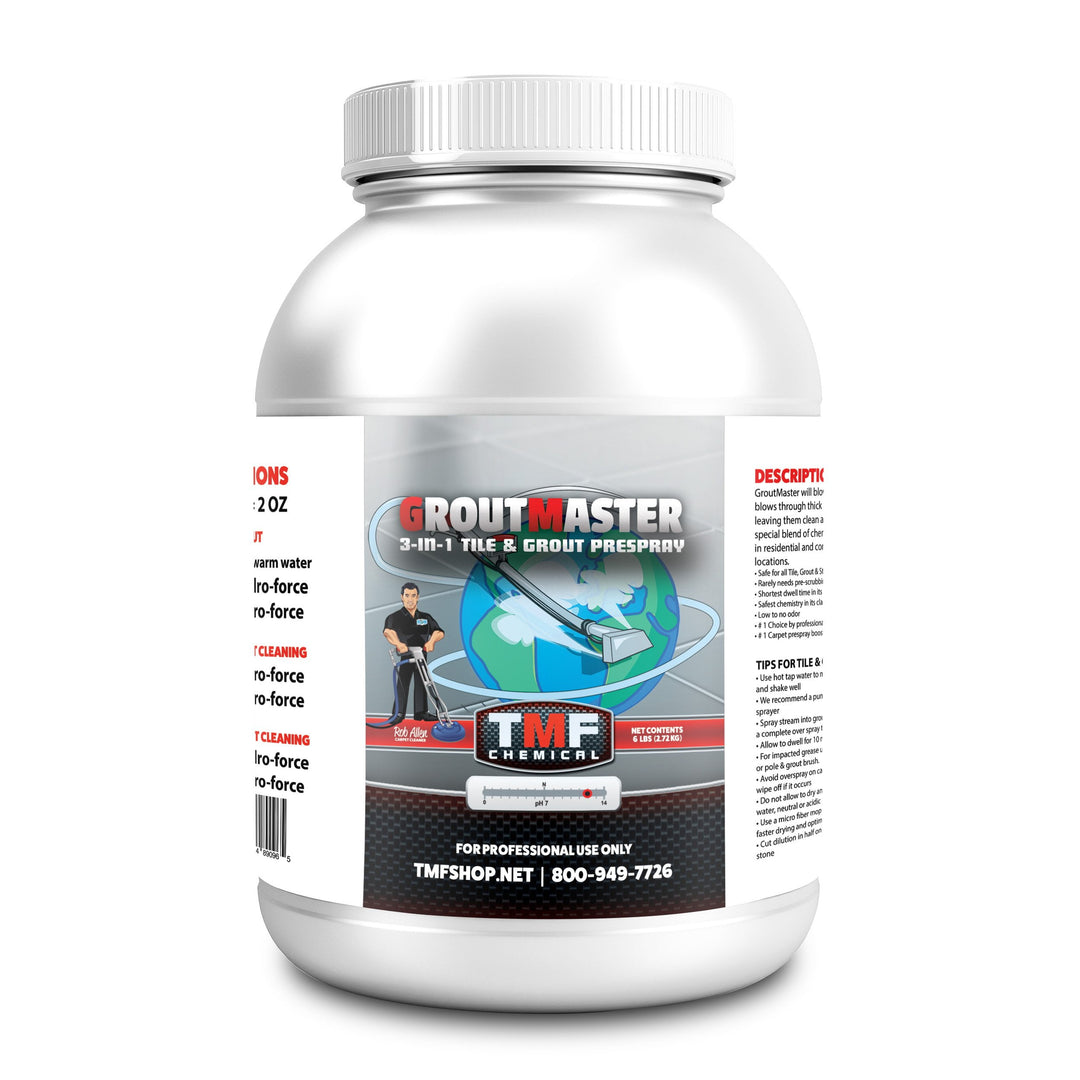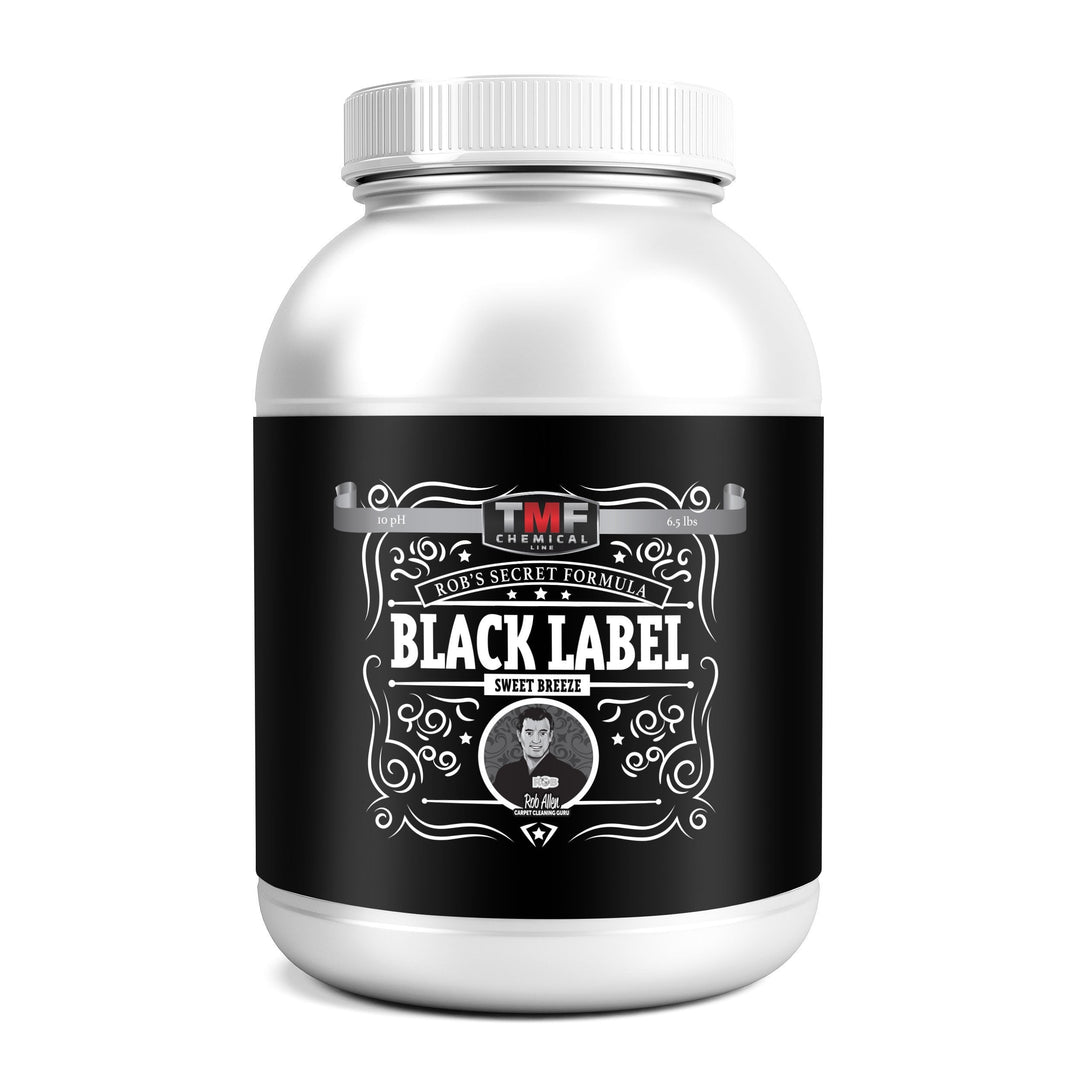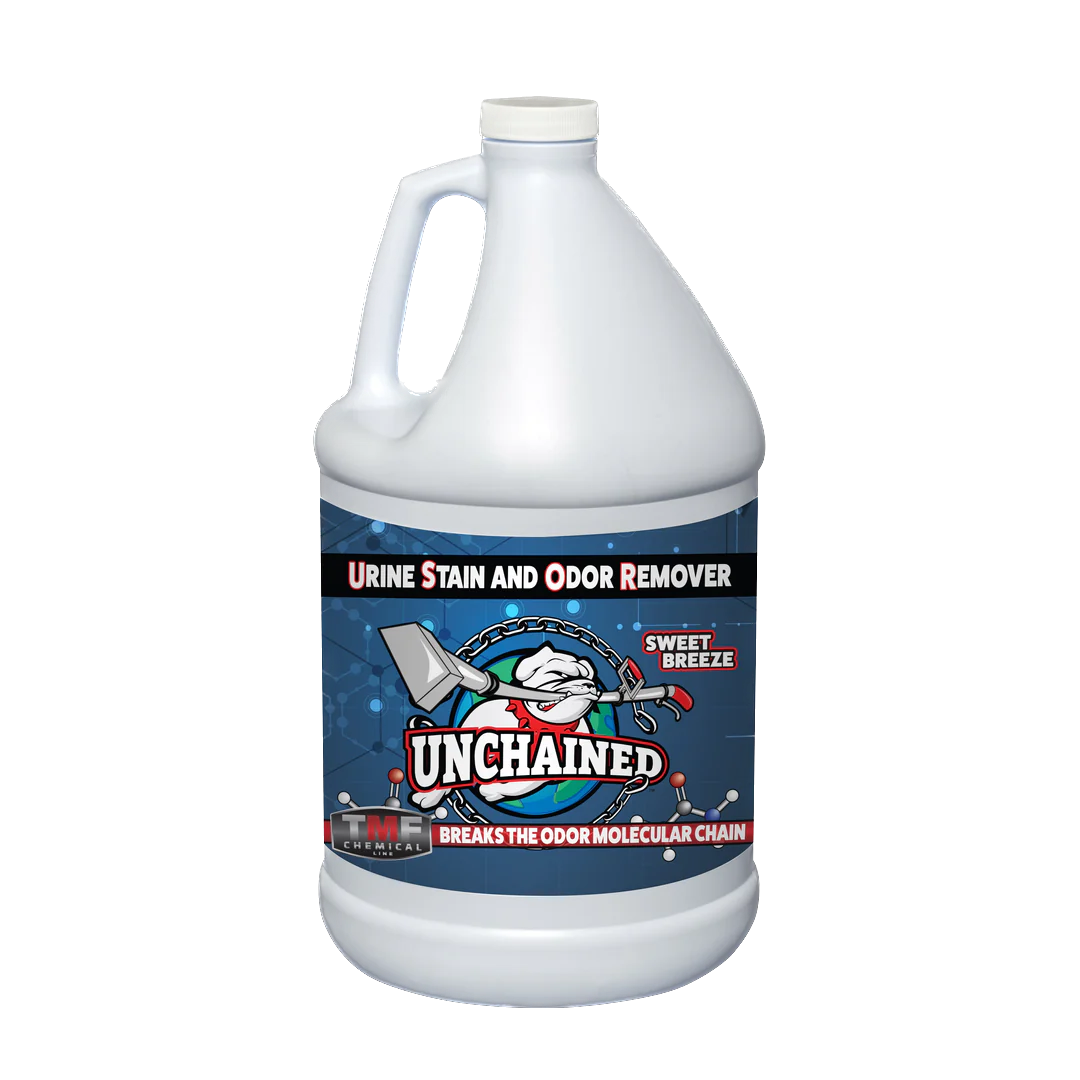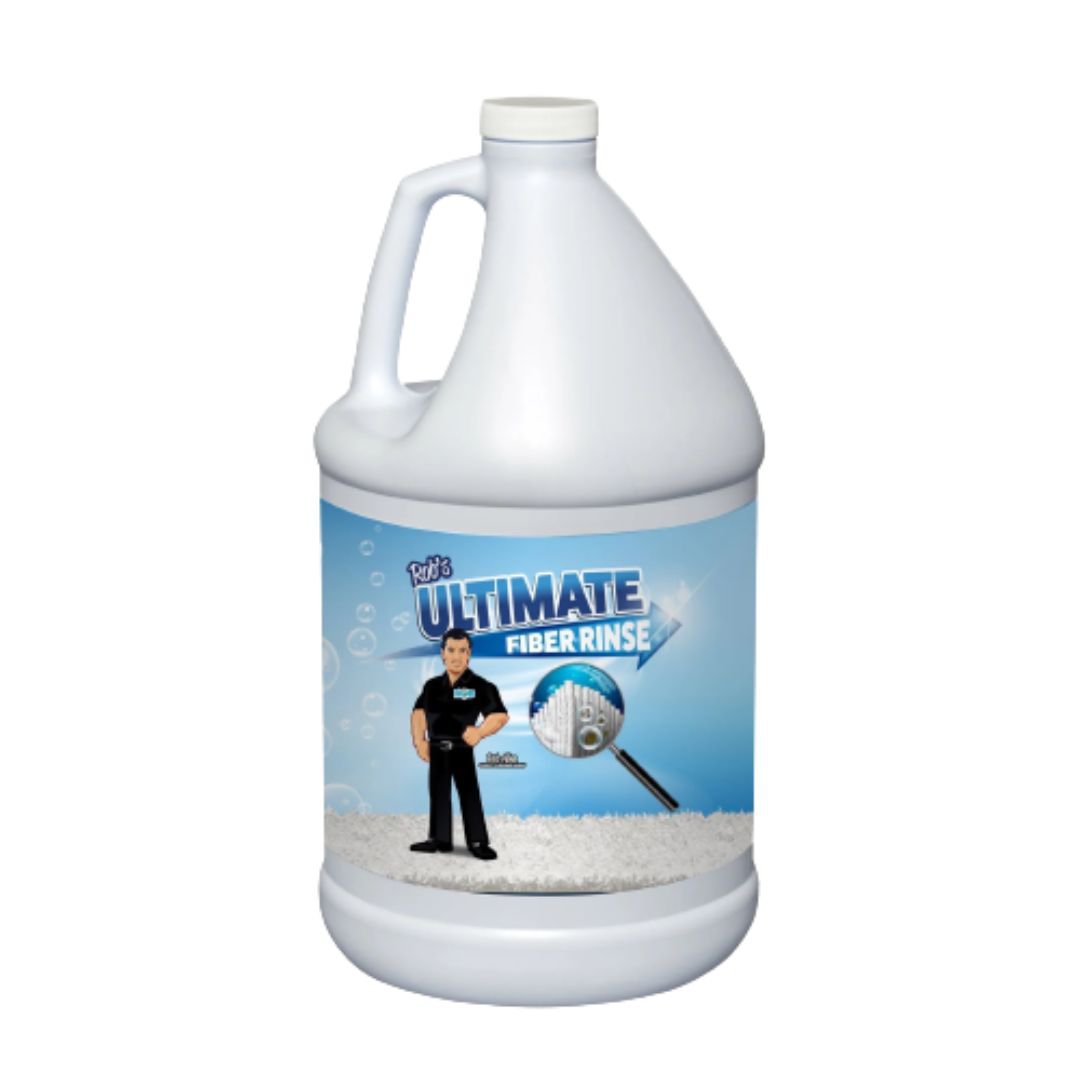4 Different Drying Techniques You Should Offer Your Carpet Cleaning Customers
Customers love getting their carpets cleaned. What they don't always love, though, is waiting for those fresh carpets to dry. Some customers are happy to allow the moisture in the carpets to naturally evaporate. However, others are going to want you to help move the drying process along. There are many different drying techniques available to professional carpet cleaning companies. Which one is right for you, your business, and your customers? This guide will provide a general cost-benefit analysis so you can bring this value-added service to your clients.
Four Potential Carpet Drying Techniques
Letting Nature Take Its Course
Carpets are going to eventually dry, given enough time and the right conditions. The moisture will eventually evaporate and leave the client's carpets dry. How long it takes will depend on the weather, the kind of carpets, and the technique that you use to clean them. In most cases, carpets are touch-dry in a couple of hours and completely dry overnight.
For most customers, this is fine, but you may find that some clients want to speed up the drying process. If that's the case, opening a couple of windows can speed things up (weather permitting). Otherwise, you'll need to use one of the other methods listed below. In any case, you'll want to temper expectations by making sure customers understand that carpets could feel damp for up to 24 hours. That way there are no unpleasant surprises for them the next day.
Cost: Free
Pros: No overhead expense, doesn't increase appointment time
Cons: No value add for clients, longest drying method, could create mildew if carpets take too long to dry
Using the Client's HVAC System
One of the easiest ways to speed up the carpet drying time is to turn on the client's HVAC system. Designed to move air and pull moisture from the atmosphere, you'll be putting their house fan and air conditioning systems to good use. Air conditioning is naturally dehumidifying, so it will help suck the moisture out of the carpets much more quickly than natural air drying would. The issue here, of course, is that your client will need to have an air conditioning system already installed and you'll need to check the weather. No client wants their air conditioning on full blast in the middle of winter.
Cost: Free to you, though there may be a small increase in the client's energy bill
Pros: No overhead expense, doesn't increase appointment time, speeds up drying
Cons: No value add for clients, depends on the weather
Using Standard Box or Drum Fans
The more you can circulate the air in a client's home or office, the faster their carpets will dry. If you want to speed up the process without spending a fortune, then a few standard box fans can help you get the job done. Setting up a box fan at either end of the room will really move the air, allowing you to dry carpets in a much shorter time. You can spend as little as $20 for a box fan, although there are higher-end professional drum fans that will really get the air moving.
Cost: $20 for a standard big box store brand model to $250 for a professional drum fan
Pros: Value added for the customer, increases drying time, easy to transport
Cons: Increased overhead, increases appointment time, can be noisy
Putting in Professional Air Movers
When customers need their carpets dried as quickly as possible, professional air movers are the answer. These high-powered fans direct the moving air down across the surface of the floor. This gets as much air circulation down onto the carpet as possible. However, they mostly dry the surface of the carpets, not deep within the fibers. That's usually enough to please most customers and quick-start the drying process deeper in the fibers. Some air movers even point the fan down directly at the carpeting, giving you the quickest dry times. Some machines will require a sizable investment, but there are good deals to be had if you shop around.
Cost: $100 for smaller machines to $1000 for top-of-the-line air movers
Pros: Quickest dry times possible, great value add for customer, minimal impact on your appointment times
Cons: Sizeable initial investment, heavier and bulkier to transport, noisy
Which Method Should Your Business Offer?

So which of these methods is the best one for your professional carpet cleaning company? The truth is, you should be offering all of them. Offering a variety of drying methods will help you meet the needs of all your clients. Here are some tips for making carpet drying a positive part of the client experience:
- Let your clients know what kind of drying time they can expect with the natural drying process. Setting clear expectations means they won't feel frustrated later on when carpets aren't dried as soon as they expected. Make sure they know that in humid conditions, carpets can feel dry for up to a full day.
- Give them tips about opening windows or using their HVAC system to speed up drying time, if they want. Giving them these tips helps them take control of the drying process without requiring your presence.
- Offer to set up box fans or air movers in the areas that they want to dry the quickest. This might be the living room for your residential customers or a lobby area for your commercial clients. You can then start cleaning in that room and allow the air movers to work while you clean other areas. This is a massive value-add for the client, giving them control of the process and helping you deliver five-star customer service.
Find More Drying Techniques You Should Offer Your Carpet Cleaning Customers
Offering a variety of drying methods will allow you to lend advice as well as provide practical solutions to your clients. That will leave them feeling good about their experience with your company. It will also have them coming back to you time and time again for their carpet cleaning needs. It's one of those small things you can do in your business that brings in huge results when it comes to customer satisfaction. Looking for other great ways to bring more value to your carpet cleaning business? Visit our website to learn more.





